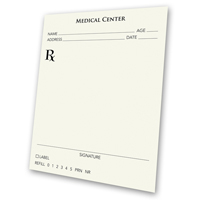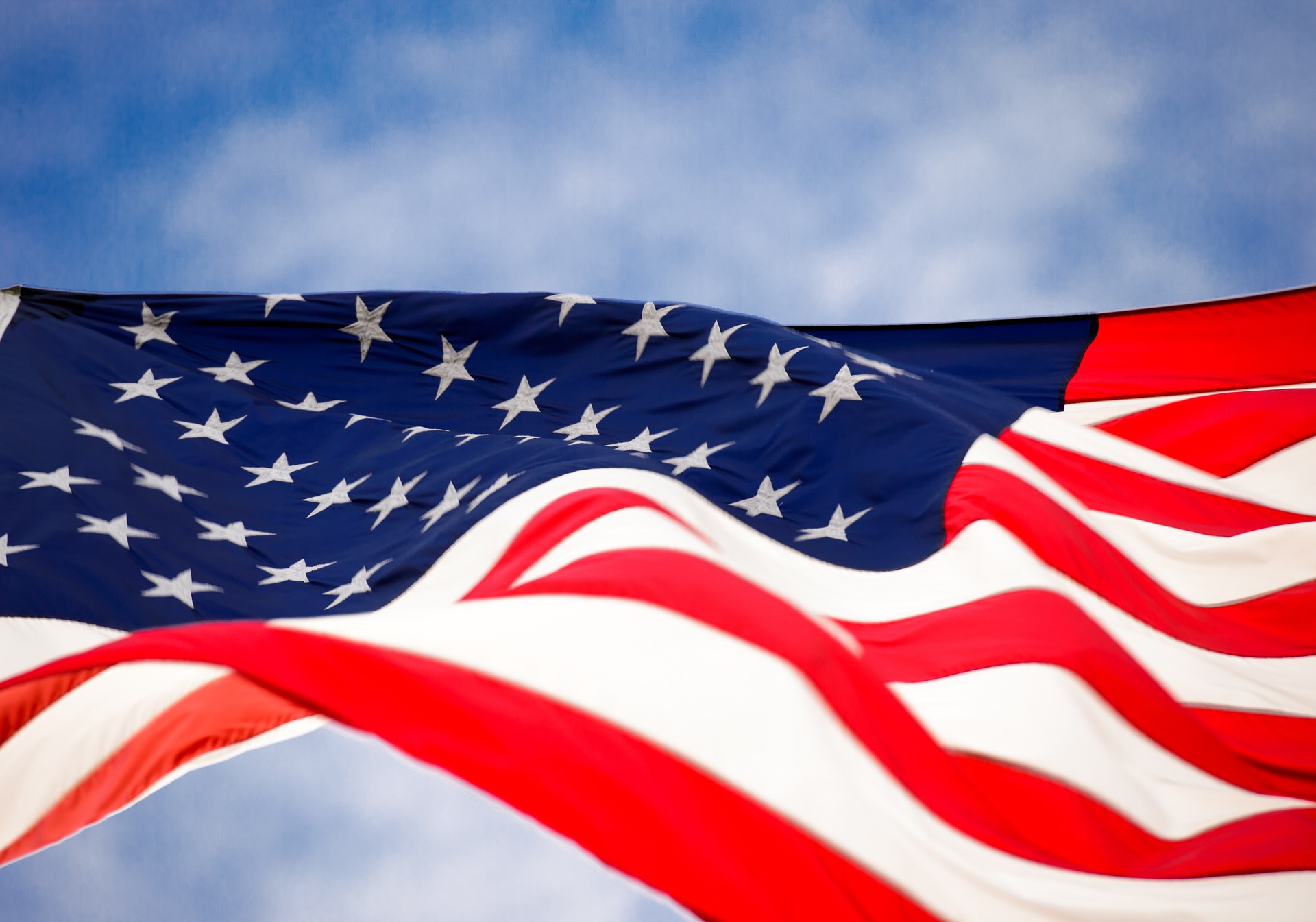
“Contingent workers” {part-time, temporary, or contract employees) face a high risk of occupational injuries and illness. According to the National Institute for Occupational Safety & Health, reasons include the tendency to outsource more hazardous jobs, worker lack of experience and familiarity with operations in a new workplace, inadequate protective equipment, and limited access to such preventive measures as medical screening programs.
Even though the safety of contract workers is the legal responsibility of the contractor, the OSHA General Duty Clause makes you responsible for protecting everyone in your workplace. To meet this obligation, and bolster workplace safety compliance, we’d recommend these guidelines:
- Make sure that the contractor agrees to comply with OSHA requirements. If the contractor doesn’t follow safety rules, force compliance or stop work for breach of contract.
- Set safety compliance ground rules up front.
- Share accountability for safety compliance with the contractor. Although you might not be legally responsible for an accident caused by a contract employee, it’s still your problem.
- Offer assistance. Explain hazardous conditions or processes during project orientation and stress any rules and restrictions, such as hot-work permit requirements, lockout/tagout, and confined spaces situations and needs.
- Document communications with contractors. Have them sign an agreement for resolving specific safety problems or for conducting inspections.
- Read the OSHA Multi-Employer Citation Policy compliance directive (CPL 02-00-124), which applies to contractors on your work site.
Finally, the fact that most contingent workers will only be in your workplace for a short time adds to the urgency of getting them up to speed on company safety policies ASAP.
For more information on keeping contingent workers safe in your workplace, please feel free to get in touch with us.
Read more

If a catastrophe struck your business, who would provide such critical services as site clean-up, emergency power supplies, off-site redundant data storage, and alternative communication systems until you can get up and running again?
In this situation, having agreements in advance with restoration companies and other service providers can save you time, money, and headaches.
Although most companies recognize that such prearrangements can play a critical role in emergency crisis management planning, few take steps to develop specific relationships with their disaster service providers.
That can be an expensive mistake, says Michelle Cross, Boston-based National Practice Leader for Business Continuity at Wells Fargo Insurance Services USA. She points out that, “for any service provider to really provide quality, top-level, appropriate service, they have to know about your company, what you need, and what hazards you have on site.”
Pre-planning can also reduce Business Interruption deduction and claims significantly by shortening downtime to services and operations after a disaster, notes Dave Boyle, head of Property Claims for Zurich North America (Schaumburg, IL).
A case in point: Starwood Hotels & Resorts Worldwide uses pre-arranged recovery agreements because many of its properties are in locations at risk for natural disaster. When Hurricane Katrina struck, the Starwood Sheraton was the only hotel in New Orleans that remained open during and after the megastorm. Says Stephen Truono, the company’s Vice President of Global Risk Management and Insurance: “It’s about having a plan, practicing that plan, and engaging the necessary critical vendors, such as providers of power, plywood, diesel oil and potable water.”
Prearranged provider agreements are inexpensive and usually do not involve a fee until the time of service.
What’s not to like?
Read more

The disastrous Japanese earthquake/tsunami of March 2011 drowned thousands of people – but the toll would have been far higher without the nation’s comprehensive warning system, which combined radio broadcasts, text messages, and sirens with firefighters’ door-to-door calls.
Every business needs an effective emergency communications notification system that has low-tech and high tech elements. Here’s an overview of the advantages and disadvantages that each type offers:
Low-tech systems can be effective, but have serious limitations. Although calling trees are valuable for mass communications, they’re slow, subject to errors, and breakdowns. Sirens and alarms provide immediate warning and can alert everyone who’s in a dangerous area; however, they can’t provide much information and have a limited range. Intercom systems are reasonably fast and can communicate detailed information, but usually operate in only one building.
High-tech systems provide automated mass notification of detailed warnings rapidly and accurately to a wide range of devices, including phones (land line and cell) and computers (e-mail and instant messaging) through multiple communication networks. High-tech systems can also target messages to individual groups, such as first responders. However, they don’t offer a panacea. For one thing, cell phones might be turned off. Although communication with cell phones is available by voice mail or text messaging, these systems are vulnerable to a general outage of communication networks. Their “call capacity” might be a serious limitation, especially for larger firms.
For most businesses, a warning system that blends low tech (alarms and sirens) with high tech (automated notification) can provide effective communication when an emergency strikes.
When choosing a system, you should also weigh such factors as cost and ease of use.
Our risk management experts would be happy to offer you their advice.
Read more

If not, you have a problem. For the past several years, more and more states and cities have limited or banned driver use of cell phones. Warns the Web site DrivingLaws.org, “Although employer responsibility isn’t specifically defined in the cell phone legislation, there have been an increasing number of lawsuits relating to employer responsibility regarding mobile cell-phone use [by] employees.”
With motor vehicle accidents the leading cause of work-related injuries, using cell phones behind the wheel ups the ante for litigation in case of death, injury, or other third-party claims. What’s more, drivers injured while phoning on company time will generally be eligible for Workers Compensation.
The first step is to create and implement a cell-phone use policy for employees driving company vehicles. Although this won’t protect you completely from legal responsibility, it demonstrates your forethought and responsibility.
This plan should include guidelines for:
- Training. Provide instruction manuals so employees know the features of their phones.
- Safety. Remind employees not to dial or talk when driving conditions are hazardous, keep conversations short, tell the other person that the employee is calling while driving, and turn off phones whenever they pump gas or use jumper cables.
- Making calls. Discourage cell-phone use behind the wheel and require drivers to pull over and stop when dialing.
- Voice mail/caller ID. Make sure drivers’ phones have these features so they can screen calls behind the wheel.
- Accident/injury reports. Require employees to report any accidents or injuries resulting from cell-phone use while driving.
- Discipline. Punish workers who violate these rules or local or state laws about using cell phones behind the wheel.
We’d be happy to help you develop a comprehensive policy for drivers’ use of cell phones. Just give us a call.
Read more

Most states allow company owners and executives to opt out of (or not opt in to) Workers Compensation insurance. But did you know that if you choose this option your Health insurance policy might well not pick up work-related medical claims?
If you carry Health coverage through your company Group plan, you can usually arrange to be covered for work-related injuries under this policy – which then becomes “24-hour” coverage for you. However, many small business owners and managers are insured under the Health Plan of their spouse or parents – which almost always exclude work-related injuries.
Let’s say that you exempt yourself from Workers Compensation and have coverage under your spouse’s Health insurance – and you suffer a serious injury in a work-related, at-fault auto accident. Once you have exhausted the Medical Payments coverage under the company’s Commercial Auto policy, the chances are that you’ll have to pick up the tab for the rest of your medical bills. You might even have to choose between limiting your treatment options or going bankrupt (unpaid medical bills are the nation’s leading cause of bankruptcy).
Even if you have “24-hour” insurance under your own Health policy, this coverage will not reimburse you for income lost during your convalescence.
So, what’s the solution? You might consider buying a Disability income policy – or decide to cover yourself under Workers Compensation, after all.
As always, our agency stands ready to offer our professional advice. Just give us a call.
Read more

We are the land of the free,
we are the home of the brave.
Let’s pay tribute to our brave American Heroes on this special day and forever.
Happy Independence Day!
Read more






